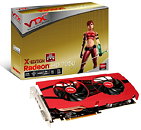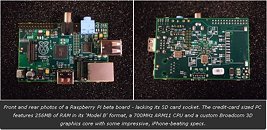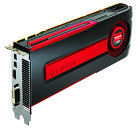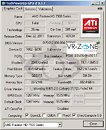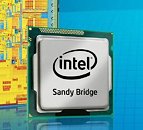
23 Universities and Institutions Added As NVIDIA CUDA Research/Teaching Centers
Today, NVIDIA welcomes 23 universities and research institutions to its family of CUDA Research Centers and CUDA Teaching Centers.
CUDA Teaching Centers empower tens-of-thousands of students each year with the knowledge and expertise to take advantage of GPUs and their parallel-processing capabilities. These centers receive teaching kits, textbooks, software licenses and NVIDIA CUDA architecture-enabled GPUs for teaching lab computers, as well as academic discounts for additional hardware.
CUDA Teaching Centers empower tens-of-thousands of students each year with the knowledge and expertise to take advantage of GPUs and their parallel-processing capabilities. These centers receive teaching kits, textbooks, software licenses and NVIDIA CUDA architecture-enabled GPUs for teaching lab computers, as well as academic discounts for additional hardware.




